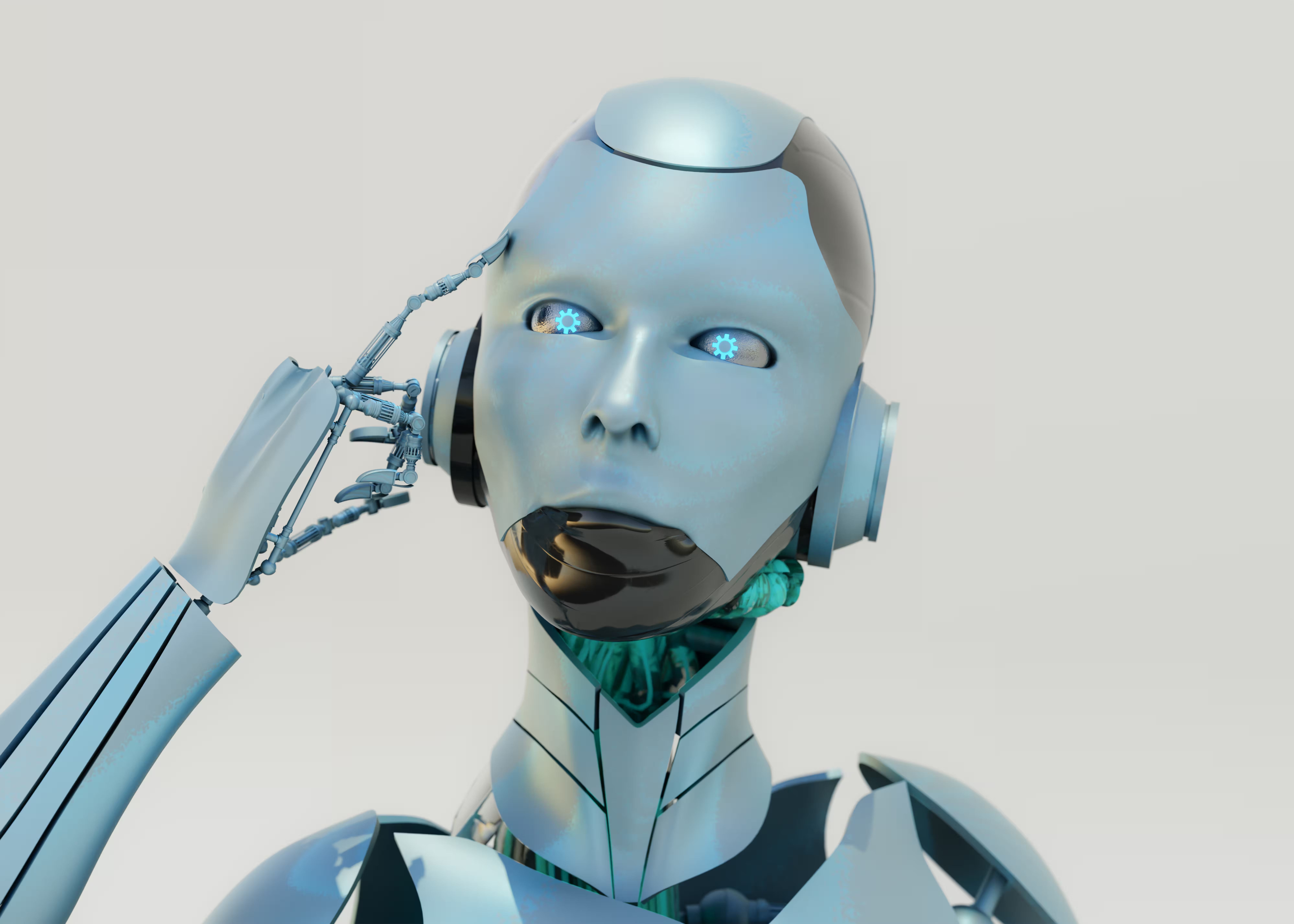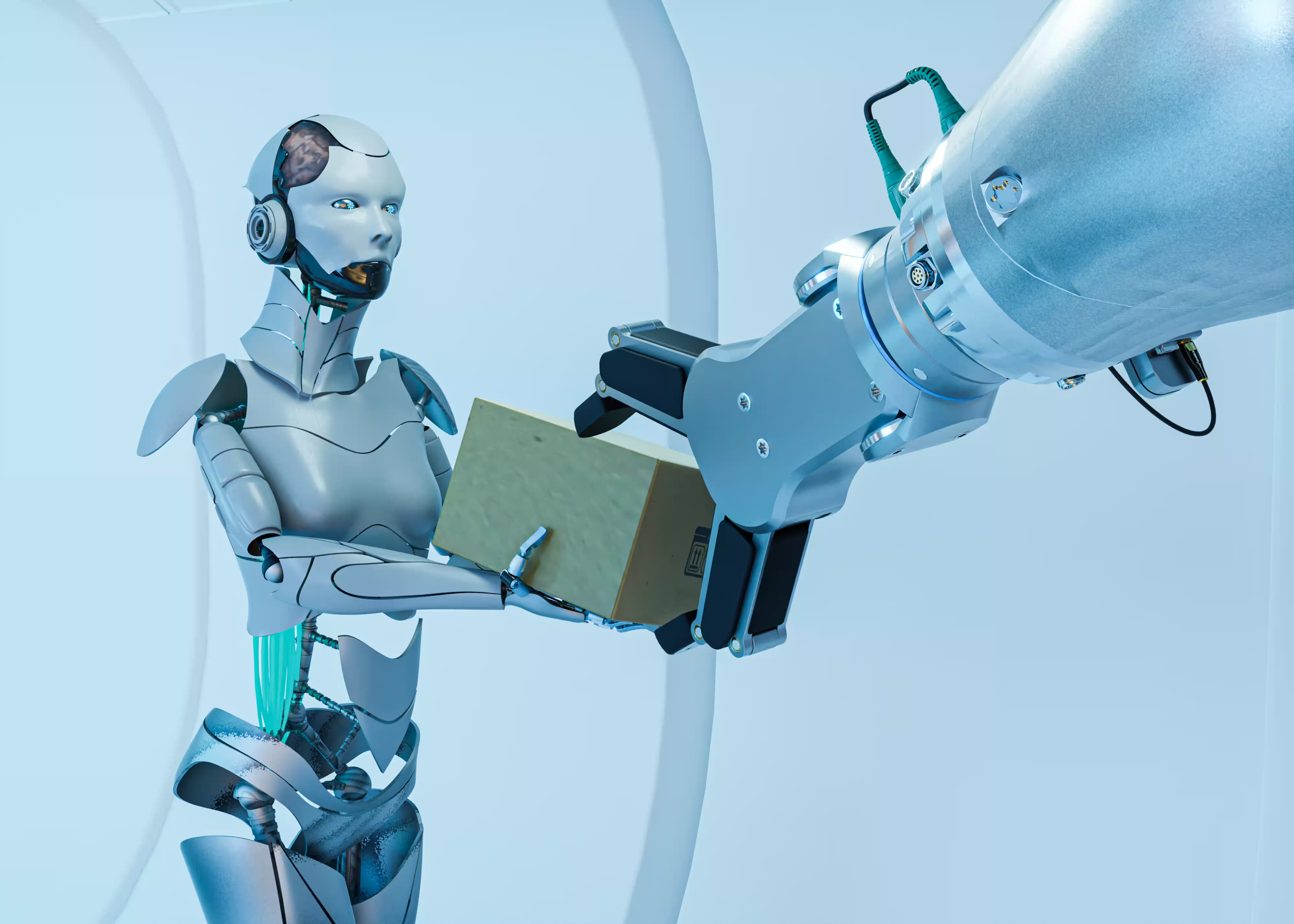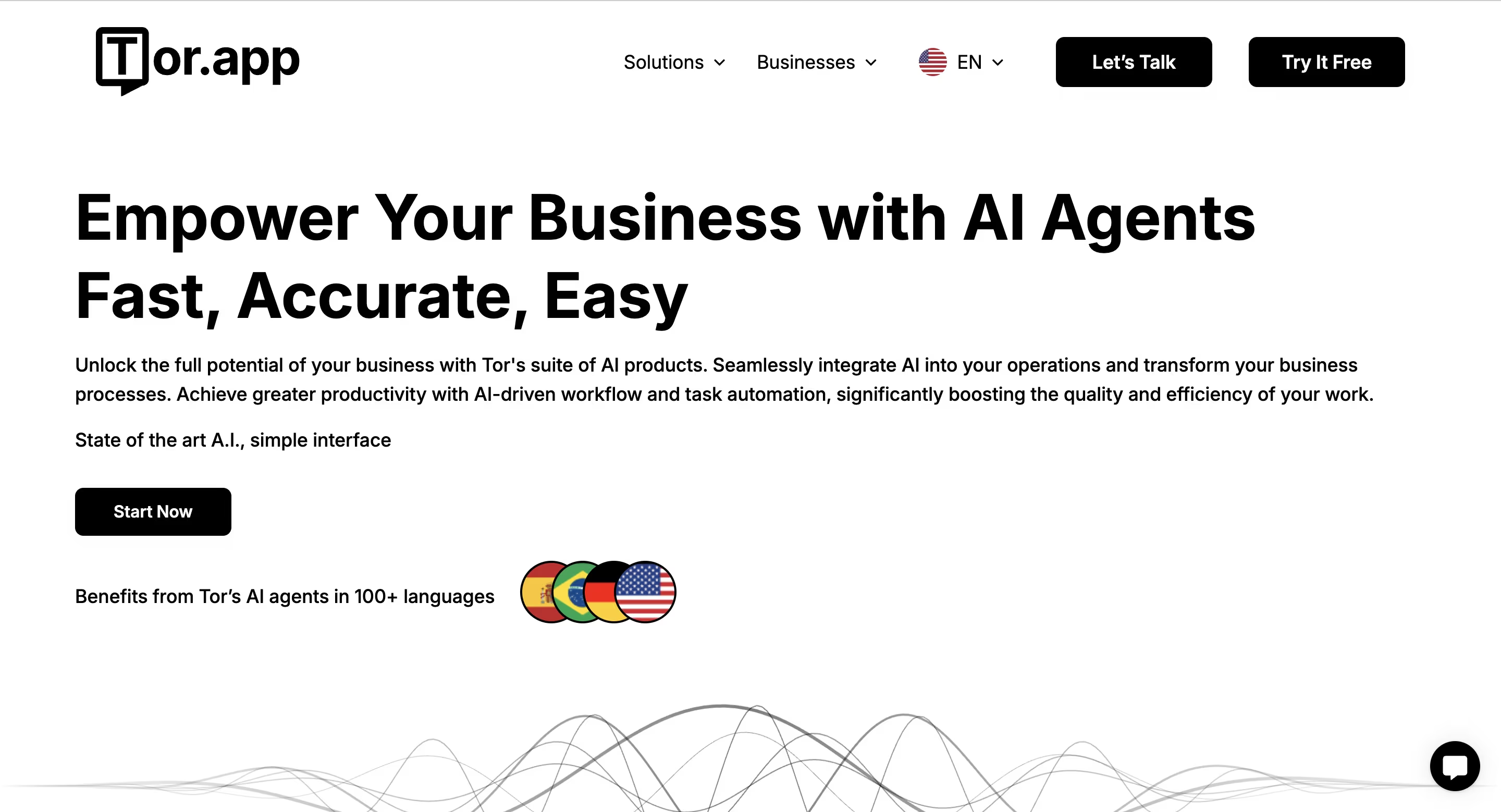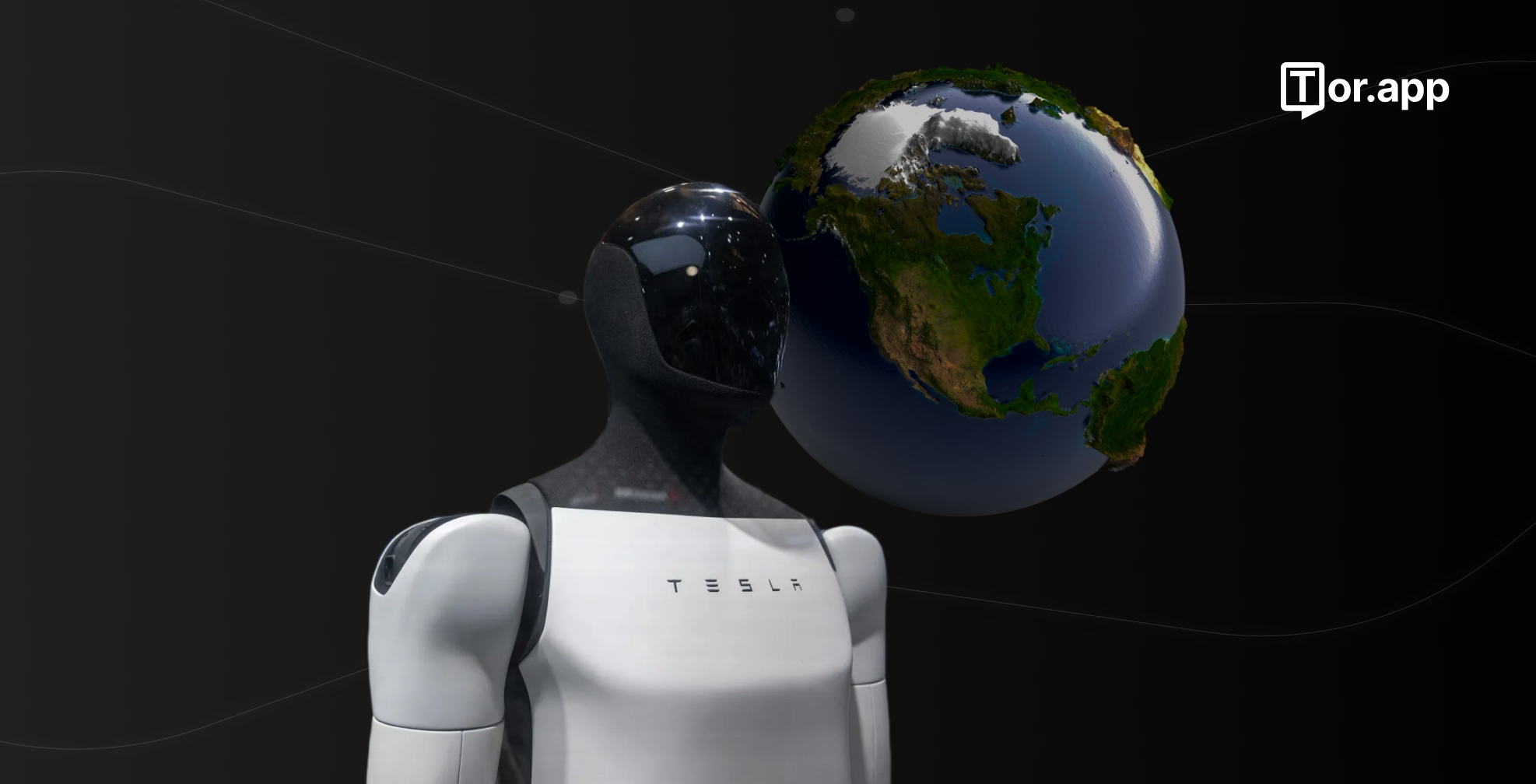Tesla has made big waves in the automotive industry and space technology niches. Statista reported the global robotics market to be worth $46.11 billion in 2024, and Tesla aims to make big waves in this space with the Tesla Robot.
CEO Elon Musk introduced this humanoid robot as a concept back in 2021 at the Tesla Robot event. The second generation of the Optimus aims to revolutionize how AI is used in robotics. However, mass production remains a challenge. This guide dives into the details of the Tesla Robot.
What Is the Tesla Robot, and How Does It Work?
The Tesla Robot or Optimus is a humanoid robot that uses AI to perform human-like functions. A humanoid robot is designed to look and act like a human being. It has a torso, arms, legs, and a brain.
According to Musk, here are a few things you can expect the second-generation Optimus to do:
- Walk forward at speeds of up to 5 miles per hour.
- Squat down
- Balance on one leg
- Lift an object with one arm, and so on
Reference: Tesla on YouTube
The Tesla Robot's AI-powered brain is an AI chip that contains a trained neural network. This, along with deep learning and computer vision, along with its autopilot cameras and sensors, allows it to process its environment with ease. It will use AI and NLP to perform a wider range of tasks than its previous iteration was capable of.
Given its ability to deadlift 150 pounds and carry 45 pounds while walking 5 miles per hour, Musk says it could be a potential solution to address labor shortages.
Reference: Built In
The Optimus 2 has also been given a 30% boost in its walking speed. It has actuators and sensors integrated into its electronics. It also has articulated toe sections and human foot geometry. All this has been done while making it 10 kilos lighter than its predecessor.

Overview of Tesla Optimus and its AI Capabilities
Like its cars, the company has paid a lot of attention to the integration of Tesla Robot AI. It is expected to use technologies like Natural Language Processing (NLP) to achieve certain benefits, including:
- Interacting with human beings
- I am learning from the environment around it and improving over time using computer vision and NLP.
Robotic Process Automation with Tesla Robot will help it cook, clean, and serve drinks. It will also be able to work in industrial settings. As part of its training, the video model training involves 1.44 billion frames with 14k GPUs processing all this data. This was revealed during the Tesla AI Day 2022 presentation.
Reference: Tesla on YouTube
Key Automation Functions and AI Agents in Optimus
The dependency on AI, machine learning algorithms, and NLP will make Optimus adept at automating a range of tasks. This is because it can adapt based on the context it is in. Besides this, Optimus has a visual navigation system that is managed by end-to-end neural networks to get around.
It has been trained with a library of natural motion references, such as taking a box off a shelf, lifting an object and placing it on a surface, and so on. In a tweet posted by Tesla Optimus, the fully trained neural network of the Optimus has also been shown to autonomously sort objects by color, continuously learning in the process.
References: Twitter
The Tesla Optimus is often compared with the Boston Dynamics Atlas. While the Optimus is designed using aluminum and plastic, the Atlas uses steel, aluminum, and 3D-printed components. It is heavier in comparison and designed to assist in trickier environments like construction sites and during search and rescue operations.
However, one criticism of both competing models is the extent of their real-world applications. While both perform well in controlled environments and can perform basic tasks, critics question how effective they will be in more unpredictable ones.
Tesla Optimus and the Future of Automation
The introduction of the Optimus is among the first few instances of AI being used in a humanoid form. Musk believes the Optimus can become just as popular as smartphones today.
If this happens, robots could take over most daily chores. Its technological advancements could also assist in performing riskier tasks in industrial settings, thereby reducing workplace injuries. Tesla has even claimed two robots working autonomously on its factory floor.
Reference: Tesla on Twitter
Applications in Business Process Automation (BPA) and RPA
While the Tesla Robot is said to be able to help out with every chore at the household level, it also will be capable of assisting in industrial and business settings. It will do this by automating various tasks and human beings to focus on innovative business processes.
For example, in a tweet from the official Tesla Robot handle, the company stated that the end-to-end neural network was trained to sort battery cells. It uses 2D cameras, hand tactile, and force sensors. This demonstrates how the Optimus will perform in industrial settings.
Reference: Tesla Optimus
Enhancements for Task Management and Workplace Efficiency
AI and machine learning algorithms streamline task automation using Tesla Robot in different situations. This ability also helps maximize workplace efficiency and ensure consistency across processes.

Where Tesla Robot Falls Short in Accessibility and Usability
While the Tesla Robot promises a range of benefits in workflow management and efficiency, it also has certain restrictions. The issue of bias is a well-recorded disadvantage of AI, which Tesla will have to consider to ensure that Optimus is beneficial across different environments.
There has also yet to be a formal announcement on when the Optimus will be mass-produced. Judging from media reports, it could take a while until it becomes mainstream enough for businesses and individuals to benefit from it.
High Cost as a Barrier for Widespread Use
The Tesla Robot is expected to be expensive considering the prices of other products in the Tesla range, such as electric vehicles. During the We Robot event, Musk stated that the Optimus could cost between $20,000 - and $30,000, as reported by CNET in its recap of the We Robot event.
Reference: CNET
The price will ultimately depend on demand and the cost of production. Further, these high costs will be a barrier to its widespread use, especially at a personal level.
Lack of Speech Interaction and User Communication Limits
The Tesla Robot will use NLP to learn from those around it and improve its language. However, it could still need to catch up. This is until it reaches a point where it truly benefits the customer and can perform complex tasks. As of now, this could take a few years to materialize.
Limited Adaptability and Cross-Platform Integration
People will also take some time to adapt to the Tesla Robot concept. The Optimus might be a good fit in first-world settings. However, adapting it to more tertiary or informal environments might prove challenging. Users could also find its cross-platform integration limits restricting in different scenarios.
Additionally, using the Tesla Robot for business automation can prove challenging, as integrating it with operations on a computer device will be difficult.
How Tools Like Tor.app Address Everyday Automation Needs
The Tesla Robot offers a glimpse into the future of robotics and automation. However, businesses today need practical and effective solutions to streamline their workflows.
This is where a comprehensive solution like Tor.app stands out. It leads the way with tools that help you with meeting note-taking, transcription, screen recording, and centralized cloud collaboration.
In addition to these functions, businesses can use them to create content for social media, blog posts, and even entire marketing campaigns. This streamlines and automates various tasks, eliminating the need for manual, time-consuming work.
These solutions show that businesses can benefit from automation not just a few years into the future but even today, making it a power resource.

Affordable Task Automation Across Devices
This product suite is also an affordable solution that users can use at a competitive price. This allows smaller or bootstrapped businesses to benefit from it. Additionally, it works across every platform or operating system and device, ensuring seamless collaboration in business settings.
Speech-to-Text and Workflow Management for Practical Uses
One of the tools in this suite's most significant upsides is that they offer practical, seamless workflow management solutions. These can make the everyday lives of individuals or businesses more efficient. With speech-to-text technology, both groups can transcribe meetings, lectures, and interviews and convert any form of speech to accurate text.
Why Accessible AI Tools Are Key for Today’s Businesses
The world of business is incredibly fast-paced. A solution that might be available sometime in the future is not practical. Having accessible AI tools that companies can leverage today is crucial with AI becoming widespread and considering its benefits. These tools help them optimize their workflow and maximize efficiency.
Benefits of Implementing AI Automation Today
The benefits of implementing AI automation in your workflow as a business or even an individual are limitless. Some of these are mentioned below:
- Increased Efficiency: AI automation helps increase process efficiency. It does this by streamlining repetitive and monotonous tasks, allowing humans to focus more on innovation.
- Improved Customer Experience: AI tools can gather all essential customer information to help you provide such an experience across all your touchpoints.
- Reduced Human Errors: Manual labor is prone to errors that can be expensive. AI automation ensures that most processes are taken care of using advanced algorithms, reducing the cost of human error.
How Tor.app Bridges Practical Automation Needs
This comprehensive solution offers various tools for performing multiple functions. It allows you to use AI to streamline your workflow.
These tools address the practical needs of businesses today, from generating transcripts to converting speech to text for dissemination across marketing channels.
Key Takeaways: Tesla Robot vs. Tor.app for Automation
Adopting AI is vital for businesses that want to guarantee relevance in the competitive business landscape. The Tesla Robot seems to be a promising and comprehensive solution, but it will be expensive for most smaller businesses and individuals.
On the other hand, Tor.app provides an affordable automation solution that businesses can leverage immediately to maximize their efficiency.
Summary of Tesla Robot’s Long-Term Potential
In the long term, the Tesla Robot could be vital in automating workflows and repetitive tasks in more extensive industrial settings. This will allow humans to focus on more pressing and innovative business processes.
However, given its dependence on AI, it will also have to comply with global regulations on its use. One example is the EU AI Act, which aims to regulate the use of AI across all the states in the European Union.
Reference: EU Artificial Intelligence Act
Advantages of Tor.app for Immediate Productivity Gains
This suite offers several advantages for immediate productivity gains due to its comprehensive suite of tools. These include:
- We streamline repetitive tasks and ensure clarity across every sector and business department.
- We are reducing the downsides of errors by human workers and generating a higher return on investment.
- Improving customer experience with tools like Literator and Transkriptor enhances accessibility.
Conclusion
The role of the Tesla Robot in digital transformation could be significant. With a trained neural network, deep learning, and technology like computer vision, it offers immense potential to assist at both an individual and business level. However, Tesla has yet to release it in the market, and its potentially high cost will also affect its ability to be adopted by the masses.
This is where an AI solution like the Tor.app offers businesses the benefit of workflow automation and increased efficiency today. It offers multiple solutions, such as transcribing text to convert it to speech or even generating content ideas and outlines for social media.
Try it for free today and make your business stand out in a competitive marketplace.
